Blue Cohosh Root
$3.95
Blue cohosh is a plant. blue cohosh was once used to treat conditions like arthritis, rheumatism, and gout. Potential for toxicity. Buy it at an affordable price at the nautral foods store in the USA – Alive Herbals.
Free shipping on all orders
Product Name: Blue Cohosh Root.
Botanical Name: Caulophyllum thalictroides.
Also Known as: also known as Actée à Grappes Bleu, Blue Ginseng, Caulophylle, Caulophyllum, Cohosh Azul, Cohosh Bleu, Graines à Chapelet, Léontice Faux-Pigamon, Papoose Root, Squaw Root, or Yellow Ginseng.
Country of Origin: Originally from the eastern North America.
Product Style: Whole.
Taste & Aroma: Aroma: Not smelling of anything. Bitter and sweet, with a sour aftertaste.
Storage: The best way to store them is in a cool, dark place with a lid that keeps out air.
Shelf Life: In general, there is generally a two or three years from manufacture.
Uses: “Cohosh” comes from an Algonquin Indian word that means “rough,” which is how the roots look. Medicine is made from the root.
Substitutes: Arthritis. Burdock · Cat’s Claw · Cayenne · Celery Seed · Evening Primrose · Feverfew · Flaxseed · Ginger ·
Interesting Fact: In alternative medicine, blue cohosh has been used to help stimulate the uterus in pregnant women to start labor or in women who aren’t pregnant to help them feel better.
Blue cohosh root benefits:
The Black Cohosh, or Actaea racemose, grows wild in shady wooded areas of eastern North America and parts of Canada. It comes from the same family as buttercups and is also called black snakeroot, bugbane, and squawroot.
There are several substances in the roots and rhizomes that may be good for your health. These include phytoestrogens, sugar compounds called glycosides, and iso-ferulic acids, which reduce inflammation.
◉ Aids and Induces Labor.
◉ Relieves Pain and Cramping.
◉ Helps Painful or Absent Periods.
◉ Anti-inflammatory and Antioxidative Effects.
A blue cohosh root history.
Blue cohosh, also called squaw root, papoose root, and blue ginseng, is a plant called Caulophyllum thalictroides. It is a perennial plant that grows in parts of the eastern U.S. and Canada. It is related to barberry and goldenseal, which are also perennial plants.
The name “cohosh” comes from the Algonquin word for “rough,” which describes the plant’s roots. The plant’s stem is bluish, and its yellow-green flowers grow on it. The blue cohosh plant also makes small, poisonous blue berries.
The part of the blue cohosh plant that is used as medicine is the roots. Roots are usually picked at the end of summer. Even though the root can be used fresh, it is usually sold as a supplement dried or powdered.
The roots of blue cohosh have active plant compounds like alkaloids, tannins, saponins, phytosterols, and more.
This info is provided for educational purposes only; it has not been approved by the Food and Drug Administration (FDA). This information is not indicated for diagnosing, treating, curing, or preventing any illness.
Consult a doctor before using natural spices, and herbal products if you’re pregnant, breastfeeding, or on drugs.
Related products
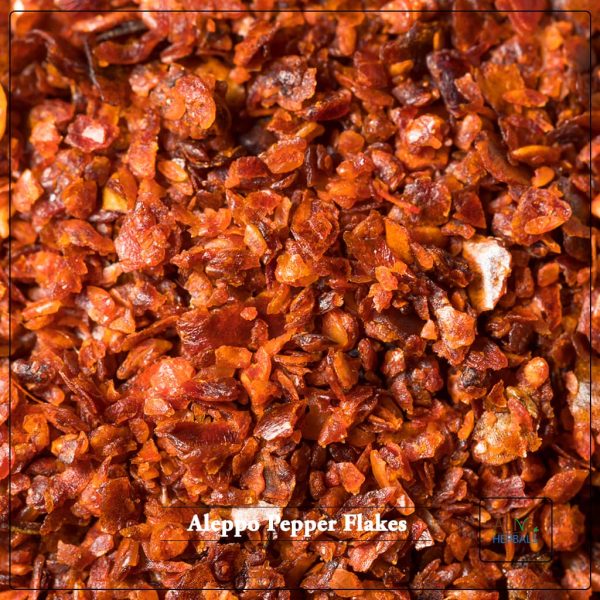
Aleppo Pepper Flakes
$4.75 – $14.95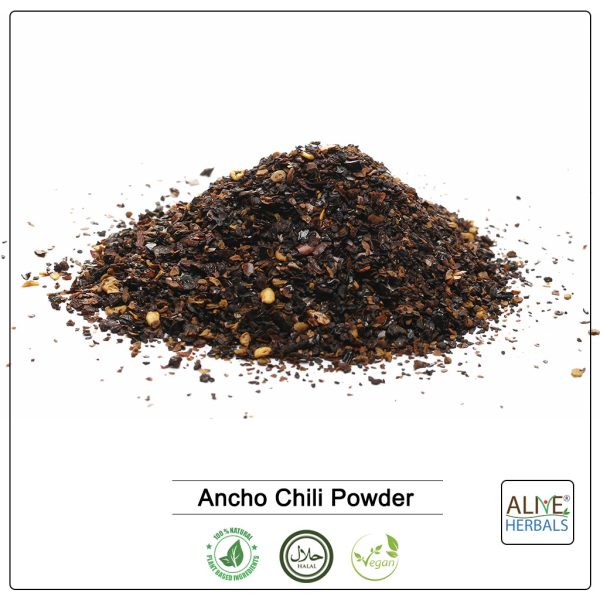
Ancho Chile Powder
$4.50 – $9.75
Anise Seed Ground
$4.50 – $7.50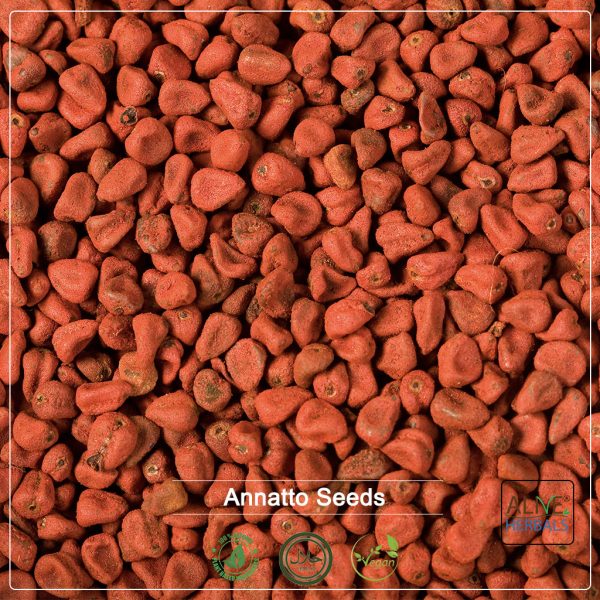
Annatto Seeds
$3.95 – $9.95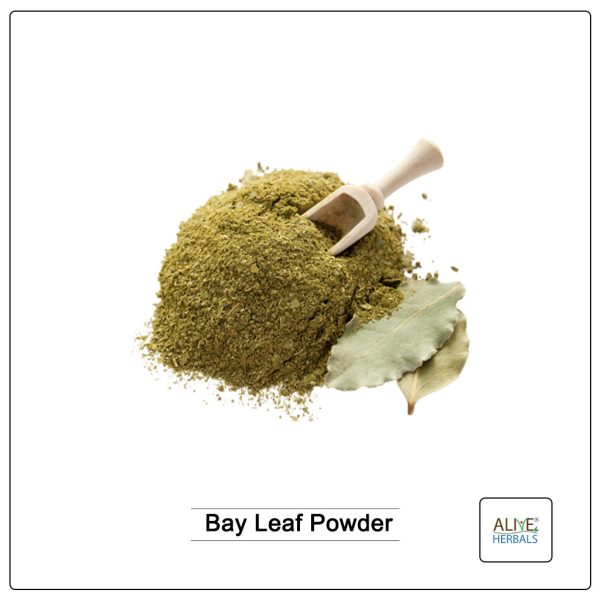
Bay Leaf Powder
$3.95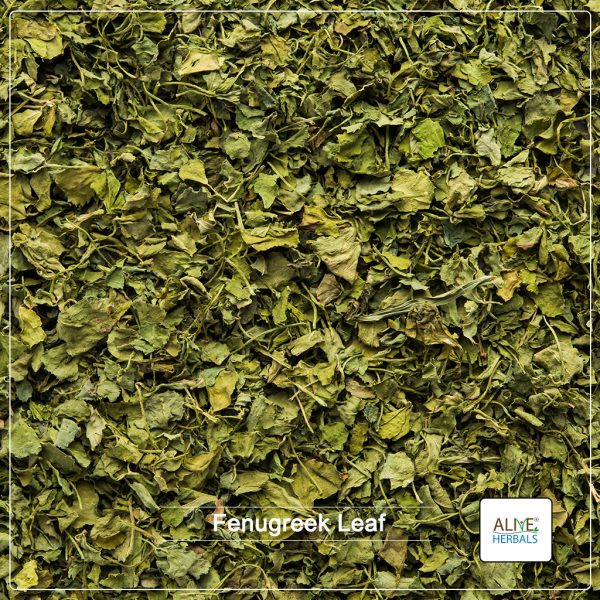
Fenugreek Leaf
$3.50 – $5.59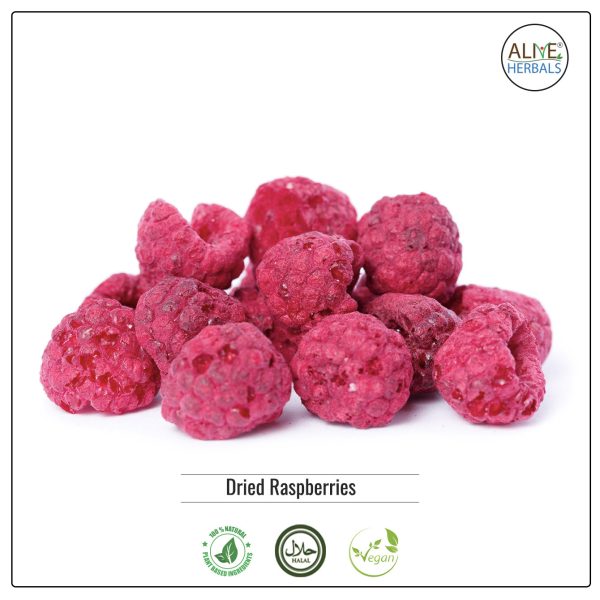
Raspberry Dried
$9.95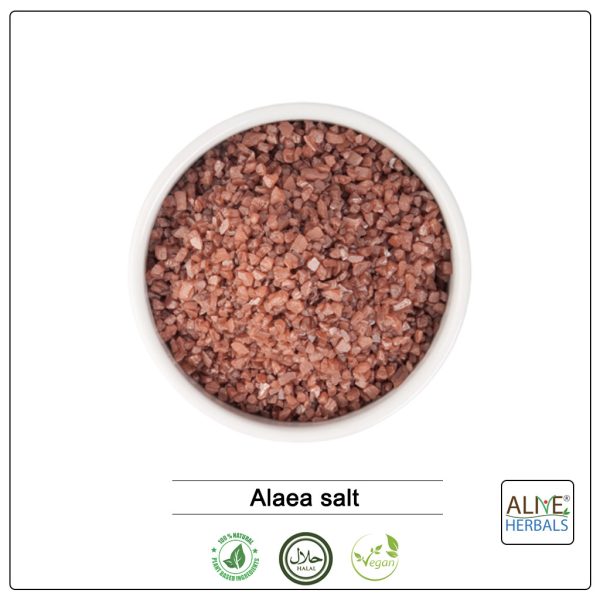
Red Alaea Salt
$4.50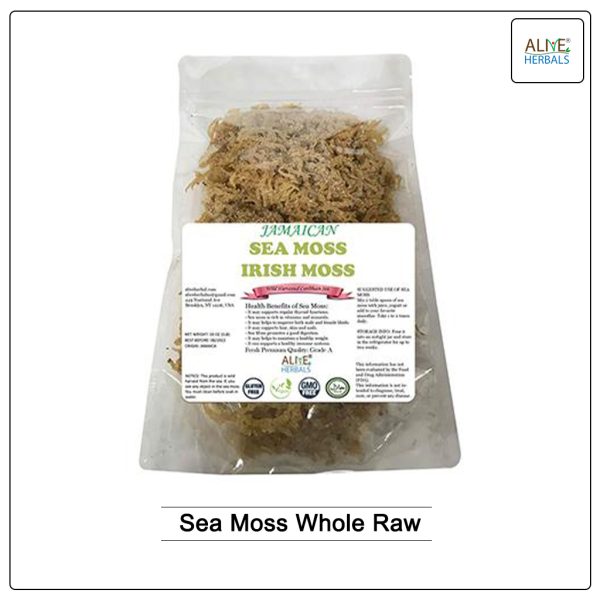
Sea Moss or Irish Moss
$7.99 – $15.99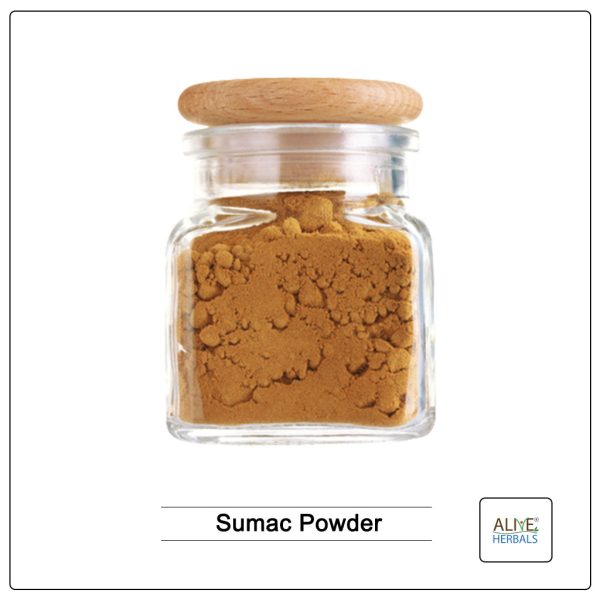
Sumac Powder
$3.50 – $19.20

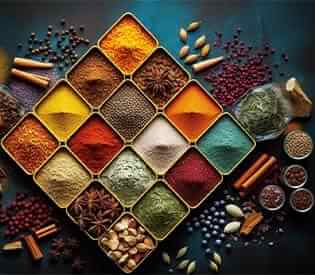
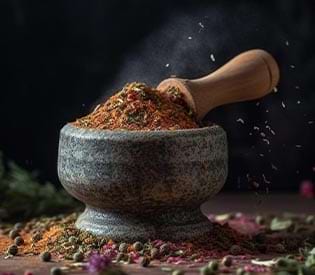
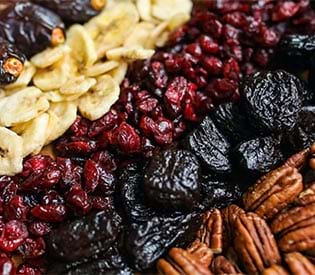

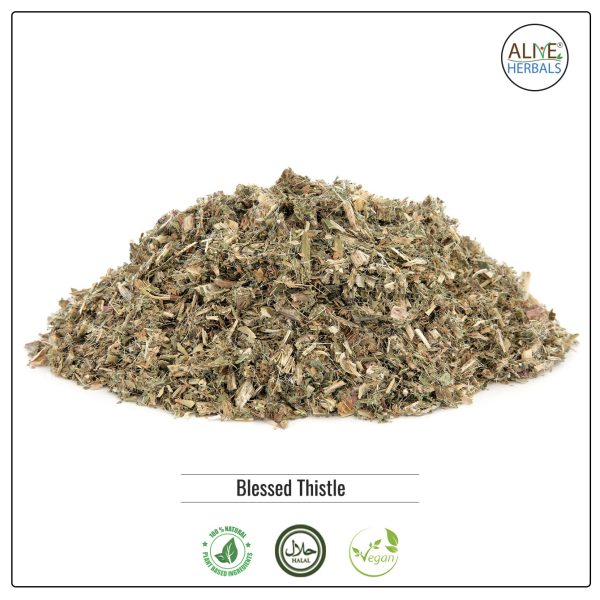
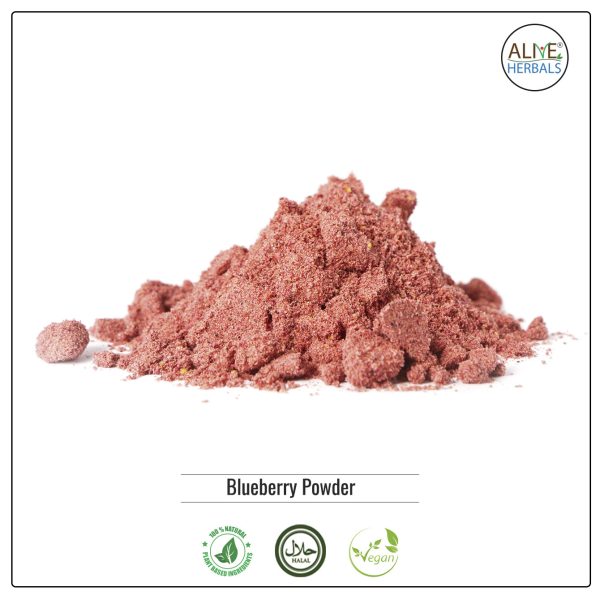

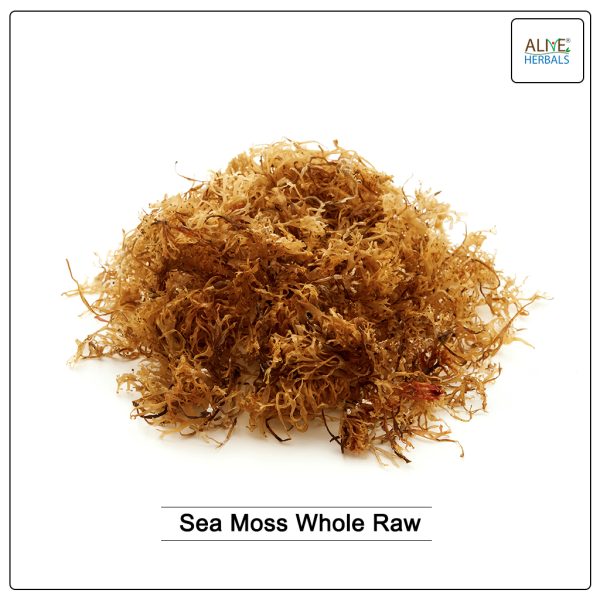
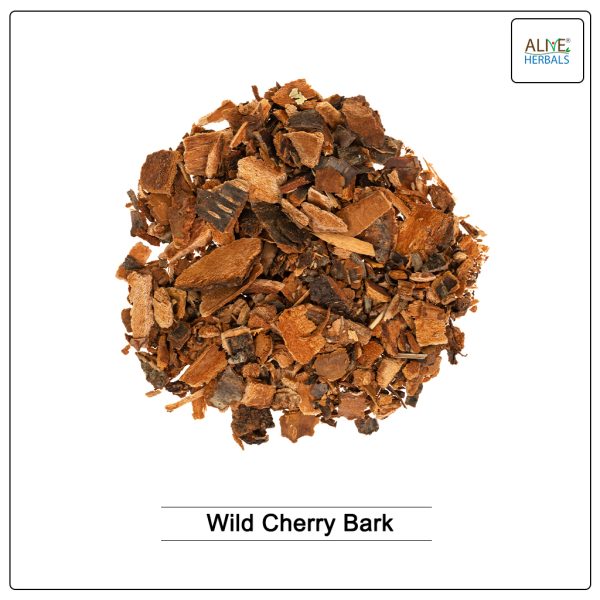
Reviews
There are no reviews yet.